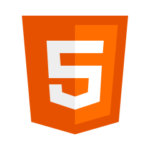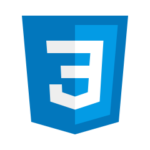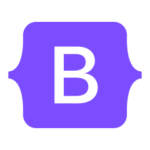Website Development
Website development refers to the process of creating and building a website for the internet. It involves various stages including planning, design, coding, testing, and deployment. Website developers utilize programming languages, such as HTML, CSS, and JavaScript, along with frameworks and tools, to create functional and visually appealing websites. The development process aims to meet the specific requirements and objectives of the website, ensuring usability, accessibility, and optimal performance across different devices and platforms.
-
Web Design
This involves creating the visual layout and user interface of a website. It includes decisions on colours, fonts, images, and overall aesthetics to ensure a pleasant user experience.
-
Front-end Development
Front-end development focuses on the client-side of a website, i.e., what users see and interact with in their web browsers. This typically involves using languages like HTML, CSS, and JavaScript to structure content, style elements, and add interactivity.
-
Back-end Development
Back-end development deals with the server-side of a website, managing databases, and handling requests from the client-side. It often involves using programming languages such as PHP, Python, Ruby, or Node.js, as well as frameworks like Django or Laravel.
-
Content Management System (CMS)
Many websites are built using CMS platforms like WordPress which provide tools for managing website content, users, and other functionalities without requiring extensive coding knowledge.
-
Search Engine Optimization (SEO)
Website development often includes optimizing the site's structure and content to improve its visibility and ranking on search engine results pages (SERPs).
-
Testing and Maintenance
Once a website is developed, it needs to be thoroughly tested to ensure functionality, performance, and security. Regular maintenance is also necessary to keep the website up-to-date with software updates, security patches, and content changes.
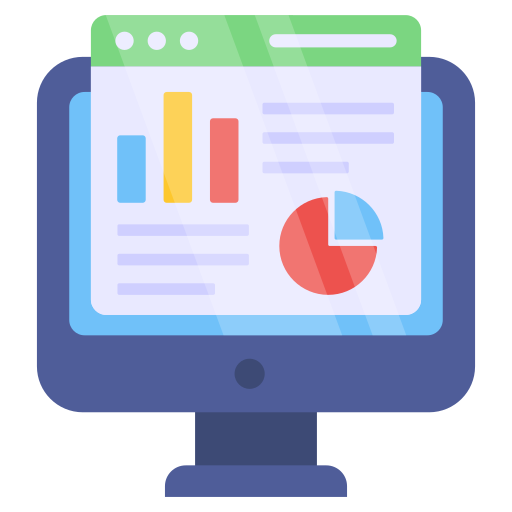
Static Development
A static website is a simple online platform where the content remains fixed and doesn’t change dynamically. It’s like a digital brochure, displaying information without interactive features or updates based on user actions.
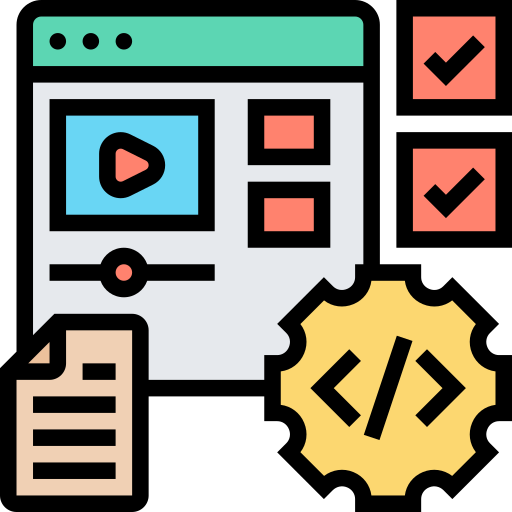
Dynamic Development
A dynamic website is a type of website that delivers content that can change based on user interactions or data inputs. It’s like an interactive platform where content updates in real-time, such as social media feeds or e-commerce sites that display product availability and prices.

Responsive Design
A responsive website is a site that adjusts its layout and design to fit different screen sizes and devices, ensuring a consistent and user-friendly experience across desktops, tablets, and smartphones.

E-commerce Development
An e-commerce website is a digital storefront where businesses showcase and sell their products or services online, enabling customers to make purchases conveniently from their computers or mobile devices.

Portfolio Design
A “portfolia website” typically refers to a website showcasing a person’s or organization’s portfolio of work, projects, or achievements. It’s a platform where individuals or businesses can display their skills, past projects, creative works, or any other relevant accomplishments to potential clients, employers, or collaborators.

Custom Design
A custom design website is a uniquely created website tailored to individual or organizational needs, offering flexibility, creativity, and personalized features.


